Fujifilm X-T100 review – in pictures
The Fujifilm X-T100 is a millennial’s dream camera
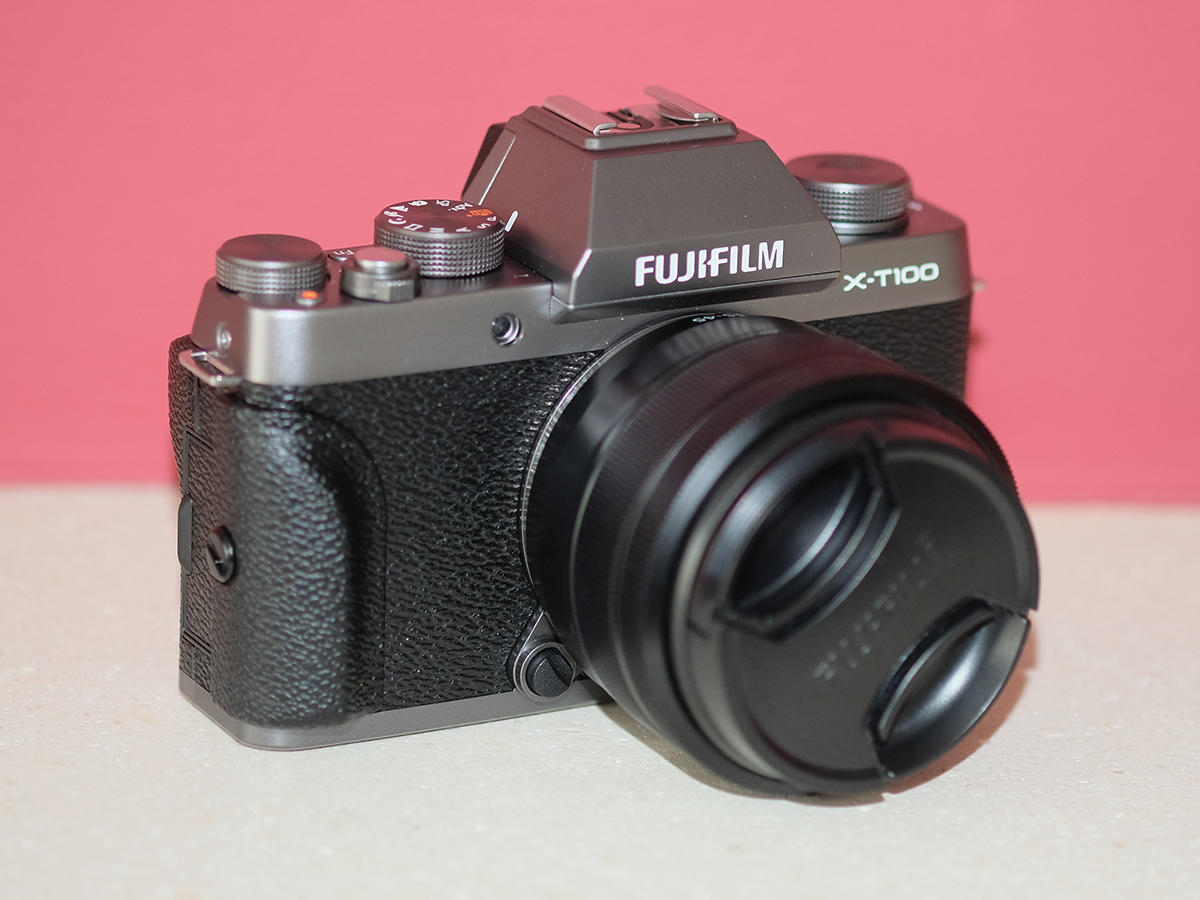
HAPPY SNAPPER
The X-T100 is a classy beginner’s camera that takes wonderful pictures and doesn’t cost the earth. Sitting below the brilliant X-T20 and above the entry-level X-A5, it crams a large 24MP APS-C sensor into a compact body and costs £619/$599 – and that’s with a lens included. Like the X-A5, it uses a Bayer rather than X-Trans sensor, but like the X-T20 it also has an EVF round the back and full array of manual controls on top. In short, it’s an affordable and more than capable camera that should delight anyone who uses it – whatever generation they belong to.
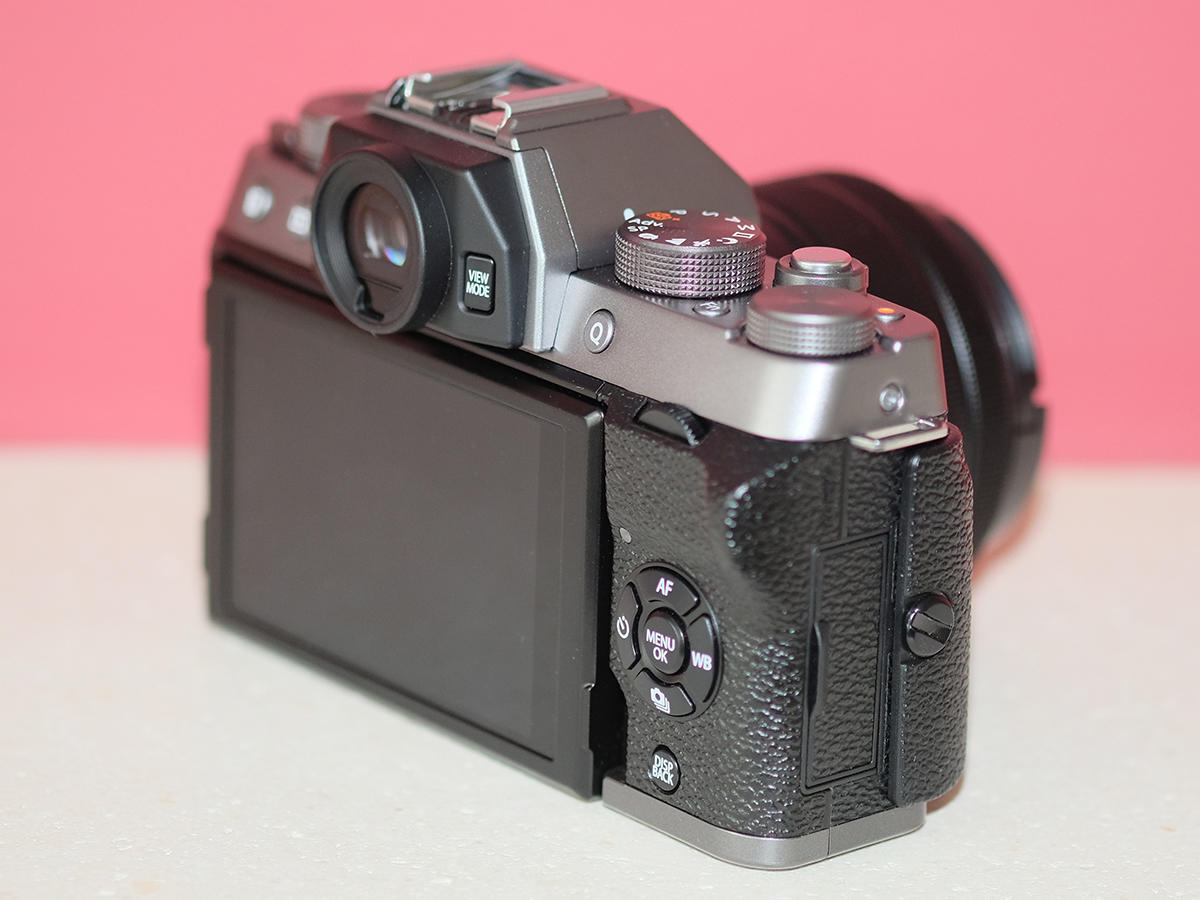
ON POINT
Things get off to a good start the minute you remove the X-T100 from the box. Fuji’s X-Series snappers are always beautiful things, and, thanks to its combination of classy retro style and excellent build quality, this one is no exception. It’s available in three colours – Black, Dark Silver, and Champagne Gold – and all pair a textured black body with an anodised aluminium toplate. The toplate adds a bit of extra weight, but it’s still an impressively light device overall, coming in at around 400g. More importantly, it looks fantastic – properly premium, like it might cost twice as much. It’s amazing the effect a bit of metal can have.

RECTANGLE ANGLE
It’s a resolutely rectangular shape, with no grip as such, but a clip-on effort is at least bundled with it. This helps, but bear in mind that it’s a pretty small device and if your hands are like slabs of steak you might struggle with it. Surprisingly, it’s not quite Fuji’s smallest camera – it’s actually a tiny bit bigger than the X-T20, let alone the X-A5 – but anyone used to a DSLR will still marvel at its petite frame. Stick a 27mm pancake lens on it and you could easily slip it in a coat pocket. Despite that, there’s room on top for three command dials, all of which are nicely placed and easy to turn. They’re all genuinely useful, too: the right-hand one controls exposure compensation, the middle one is a standard mode dial with a bunch of beginner-friendly options and on the left there’s a fully customisable knob that you can set up to control ISO, film simulation or any one of about a million other things. The third dial also contains a switch which pops up the built-in flash.
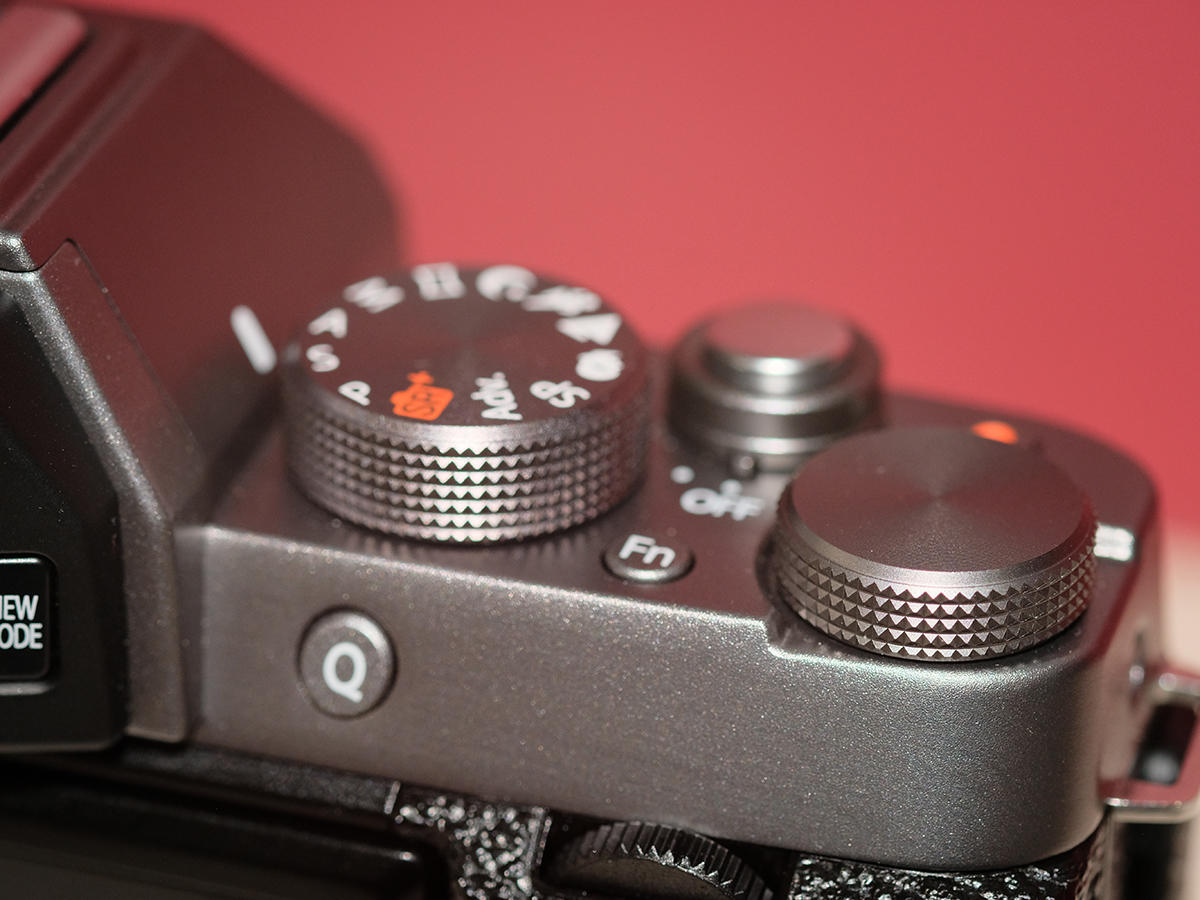
MODE SWINGS
The X-T100 is packed with ‘intelligent’ modes designed to do some of the hard work for you. And I say ‘intelligent’ because in practice they’re a bit hit and miss. The Advanced SR+ Auto mode is probably the one you’ll use most, particularly if you’re new to these kind of cameras. This analyses the scene and automatically selects the right settings based on what you’re looking at. Point it at some trees and it’ll optimise for landscapes; zoom in close and you’ll be shooting macro. It’s not flawless, but it gets it right most of the time. There are also a slew of innovative self-timer options, some of which I’ve not seen elsewhere.
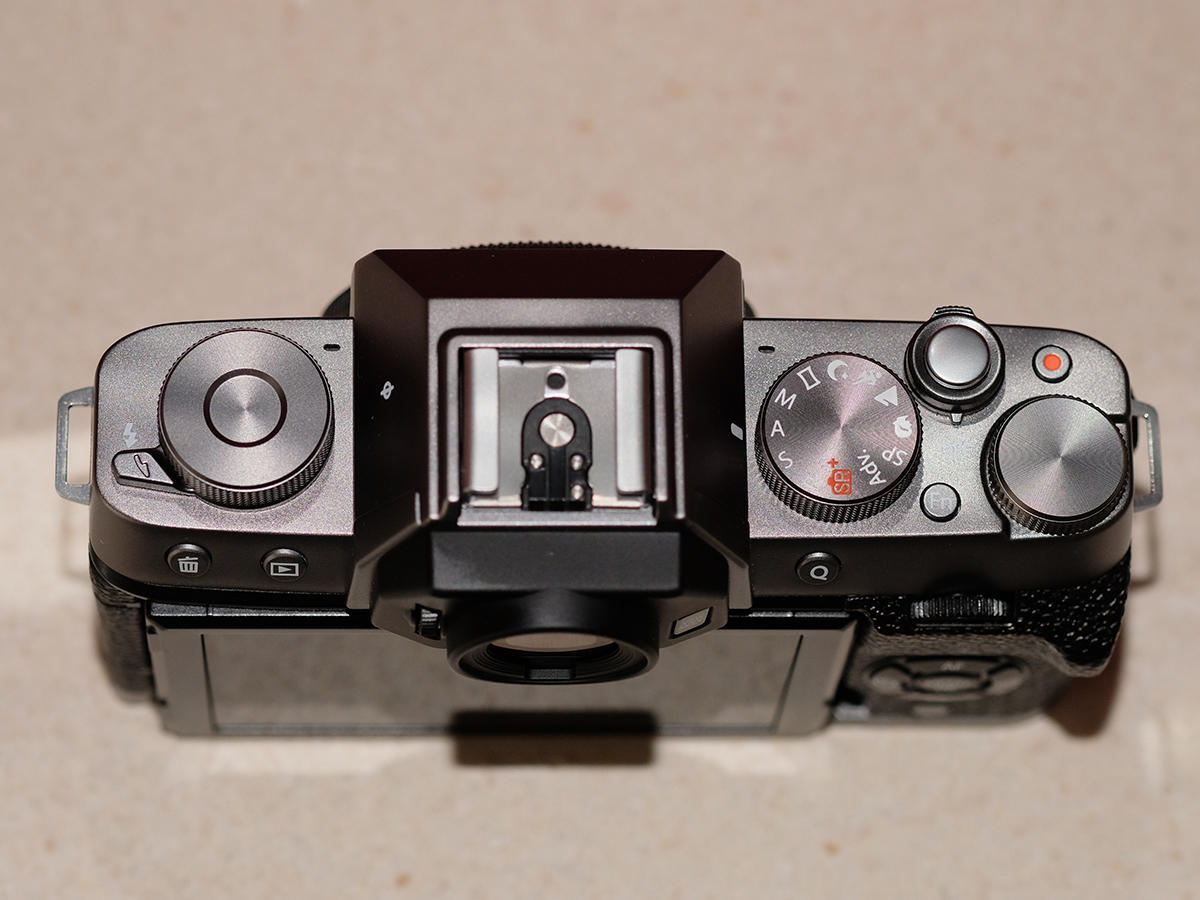
OPTIONS APLENTY
The idea behind them all is that rather than set a 10-second timer and end up with a shot of half your head as you struggle to get in position, the camera doesn’t fire until it recognises that you’re ready. In Buddy mode, for instance, you point the camera at yourself and a significant other and it’ll automatically take the snap when it has you both in frame. It even comes with three levels of closeness, so you can set it to only shoot once you’re properly cuddled up. Smile mode works in a similar way – set the timer, get in position and the camera will shoot when it spies your pearly whites. There are also modes to recognise faces and groups. In my experience, these sometimes work and sometimes don’t; maybe it’s just the way I smile, for instance, but I had to gurn like a hyena before I could get that mode to work. But even without being perfect they’re worth having, and I could see myself using them from time to time.
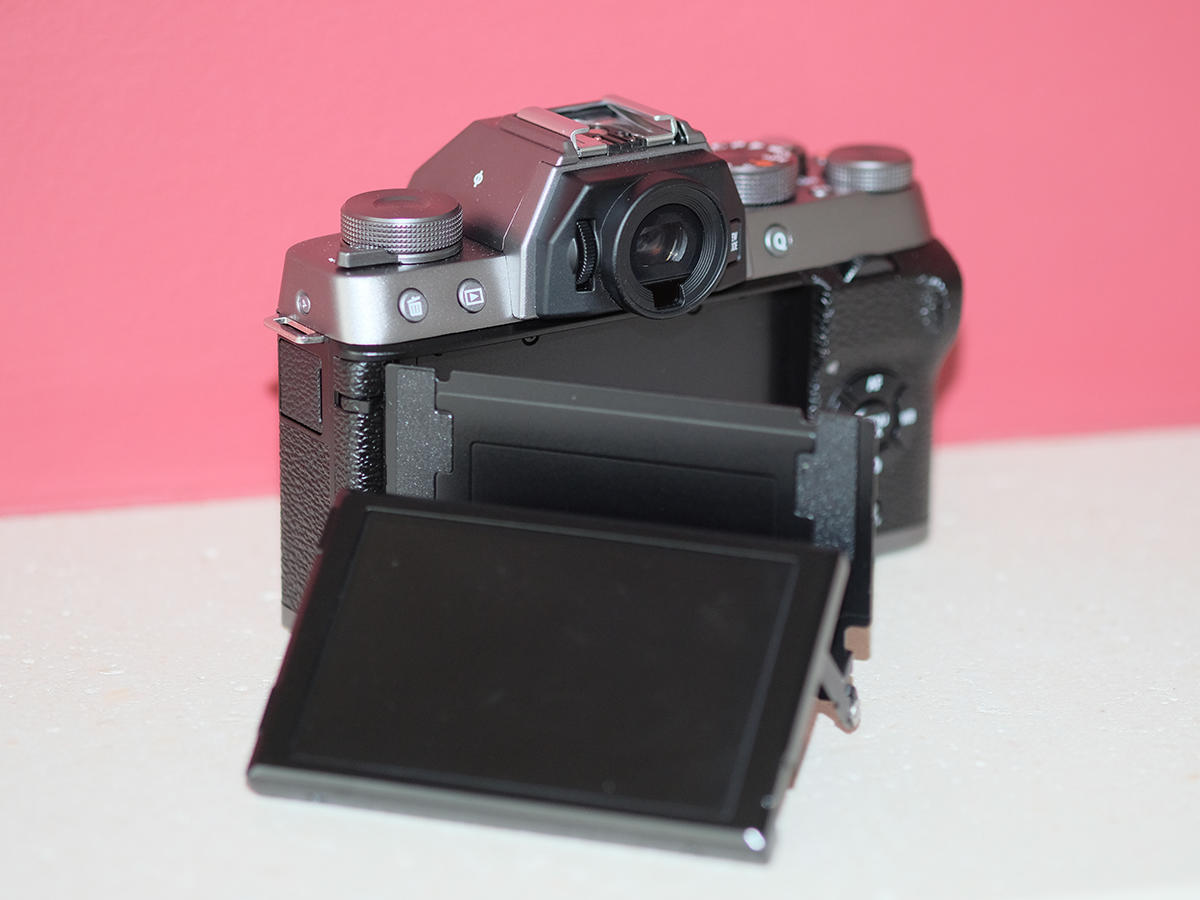
A STEP UP
The X-T100 is marketed by Fuji as a next step up from a smartphone camera, and that’s exactly what it is – although it’s one hell of a large step. Its 24.2MP APS-C CMOS sensor is more than 10 times the size of that inside most phones, and it shows. The photos you get here are excellent – sharp across the frame, packed with detail and bursting with colour. And of course they’re far bigger than what you’d get from a phone, too, meaning you can zoom right in and crop away to your heart’s content. They compare well to plenty of proper cameras, too. Unlike the more expensive X-Series cameras – X-T2, X-T20, X-H1 – the X-T100 uses a standard bayer sensor, rather than Fujifilm’s own X-Trans format, a decision which has presumably been made to cut costs. But compared side to side, I could barely see the difference.
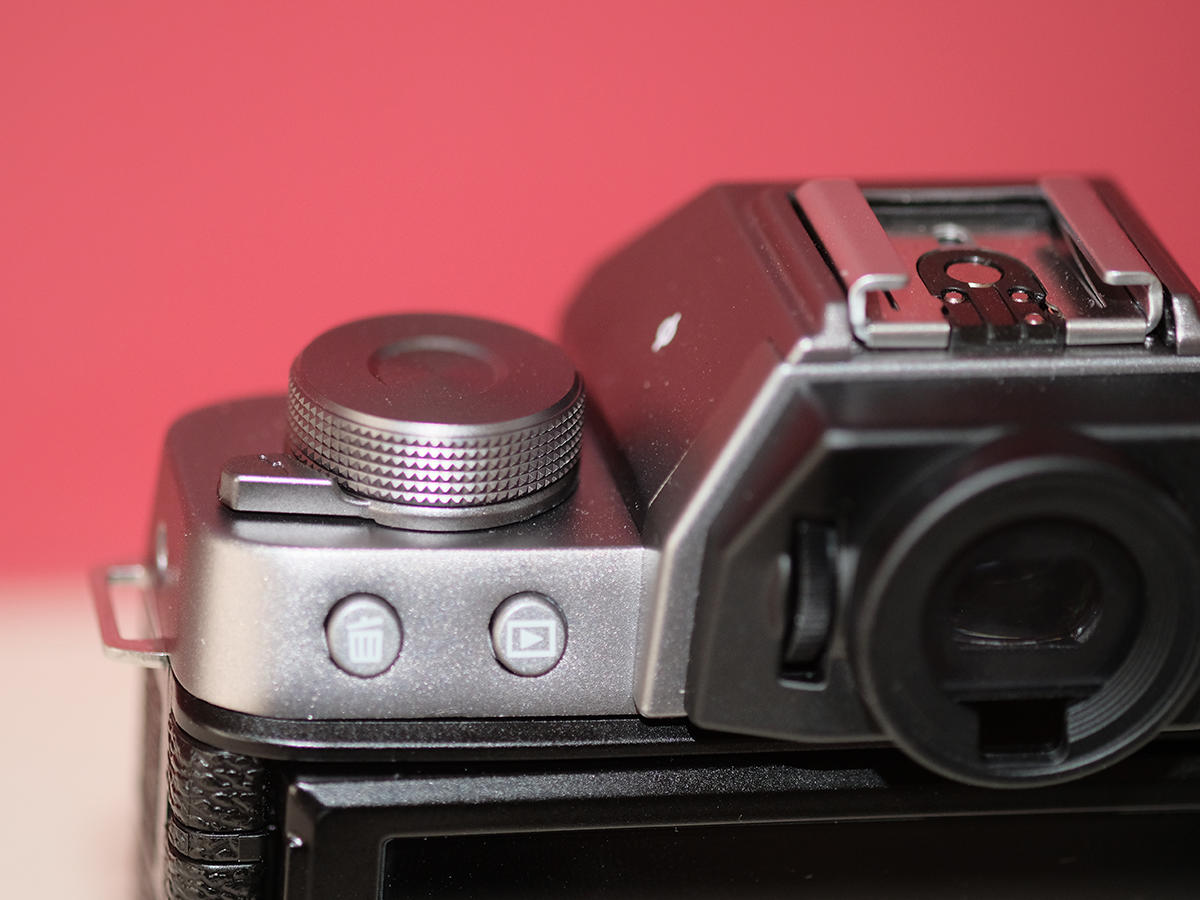
QUALITY ASSURANCE
I shot several scenes on both the X-T100 and X-T2, using the same lens and settings across the board. Pixel peeping later on I noticed a little extra sharpness and slightly more vivid colours to the X-T2’s shots, but it was pretty marginal. And given the cost, it seems a fair compromise. Noise is superbly controlled almost the entire way through the ISO range – you can shoot up to ISO6400 with no fear, and even 12,800 is usable. There’s more to image quality than just the shots themselves, of course, and here the X-T100’s shortcomings are slightly more evident. The autofocus system apparently “uses a Phase Detection Autofocus system and algorithm originally designed for flagship X Series models”, and that may well be true – but it doesn’t say which X Series models. I suspect it’s not the very latest ones. In practice, it’s merely good rather than outstanding.
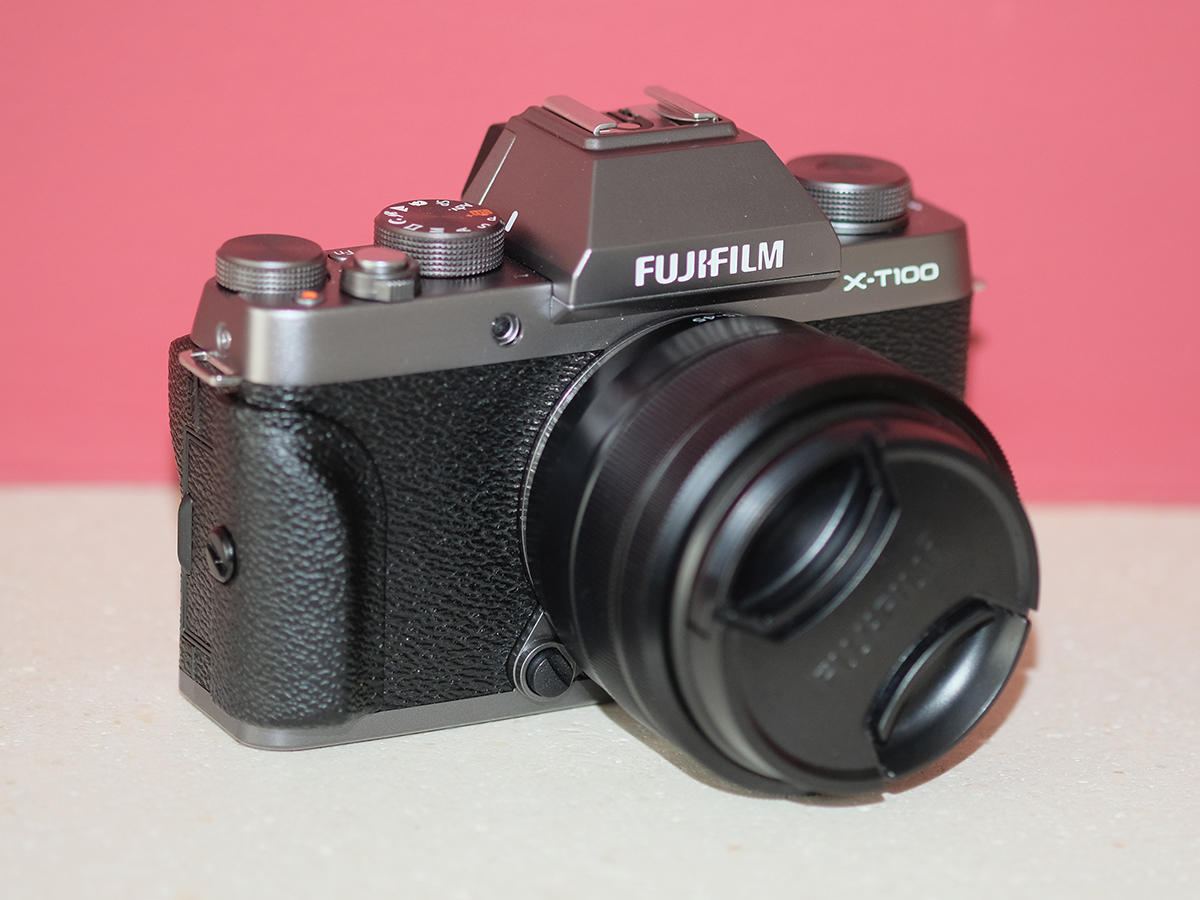
VIDEO WOES
The biggest surprise about the X-T100 is that video is such a mixed bag. Given that it’s clearly aimed at the YouTube generation, it’s utterly bizarre that it maxes out at a measly 15fps in 4K mode. Nobody wants to shoot 15fps – it might as well not be there at all. So full HD it is instead, and here at least you get plenty of options, up to 60fps. As a nod to its potentially vlogging audience, there’s a 2.5mm microphone socket hidden away on the side, plus the ability to record via HDMI. There’s also a 100fps slow-motion mode, but sadly the new Eterna film simulation designed specifically for video is absent.
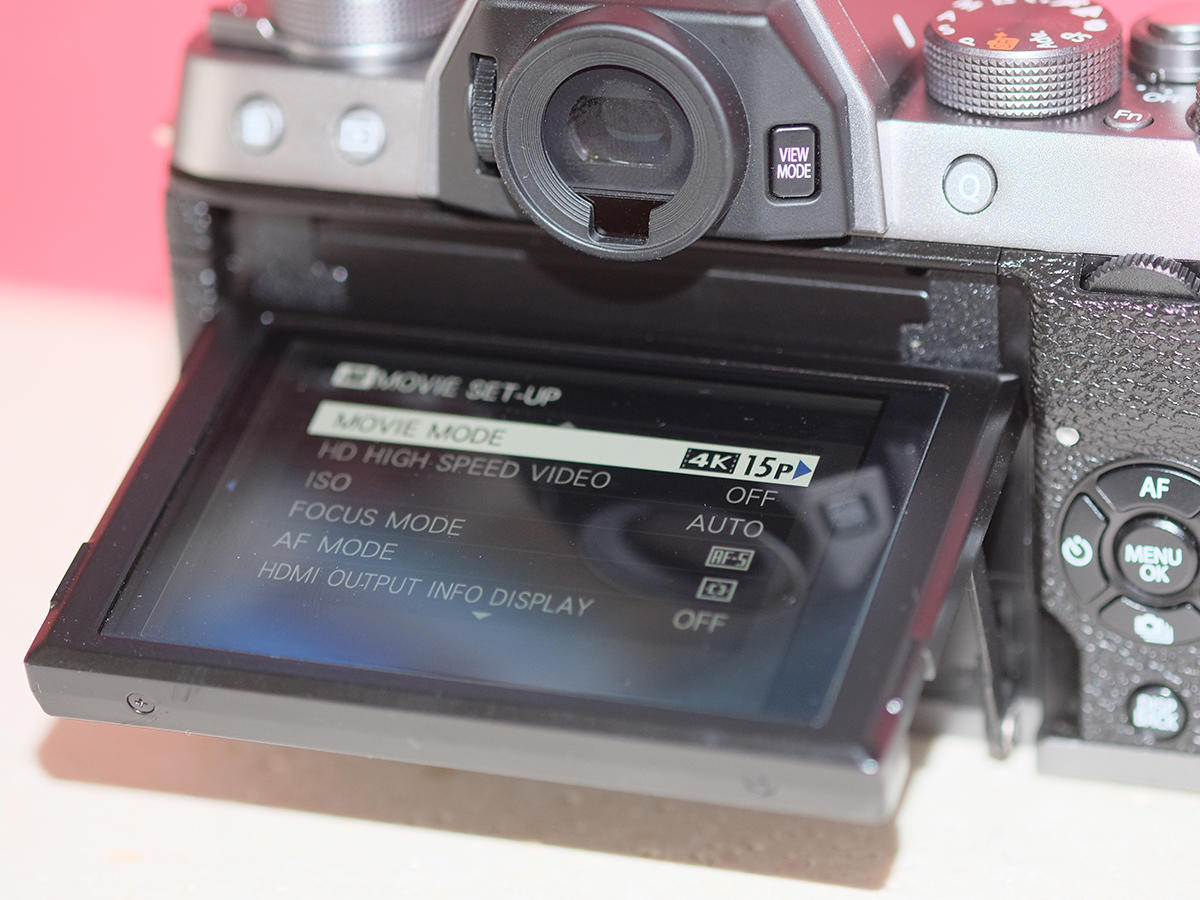
HOW ABOUT THAT LENS?
The X-T100 comes bundled with the Fujinon XC 15-45mm f/3.5-5.6 kit lens. As a member of the XC clan it’s an all-plastic affair, unlike Fuji’s (far) more expensive metal XF lenses. But don’t dismiss it out of hand. It has built-in image stabilisation and a really useful zoom range, good for everything from landscapes and street photography to portraits. Its retractable design means it’s also fairly small when the camera’s switched off, and it’s incredibly light – you’ll barely know it’s attached. Image quality is really good, considering it’s an entry-level lens, and the OIS really helps in murky conditions. The main downside is that it’s an electronic-only affair, which means it’s both hard to zoom precisely with and a bit noisy.

FUJIFILM X-T100 VERDICT
Let’s not get too complicated here: a camera’s job is to take photos, and the X-T100 does that very well. To get better performance in Fuji land you’d need to stump up several hundred quid more for the X-T20, and while the cheaper X-A5 should take similar images, the lack of EVF there rules it out for me straight away. The fact that it’s also small, light, beautifully built and attractive is another bonus, as is the well-thought-out control scheme. Like most X Series snappers, this is a camera that handles excellently. It’s not perfect, but at £619 including a lens, you wouldn’t expect it to be. And where it matters, it gets it spot on.


